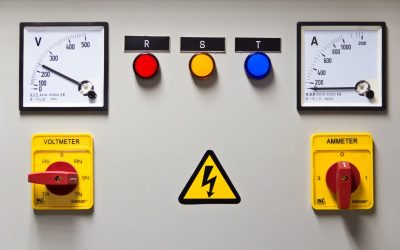Today most electronic devices use printed circuit board assembly technology. In fact, it’s become so common that most of us take it for granted. However, this kind of technology is relatively new and is not much more than a century old. Where did it come from? Here is a brief history of how the PCB got started.
Small Wood Boards
In the late 19th century, electricity was relatively new, but as devices became more complex, they needed a way to connect electrical components together. Some of the earliest devices were made from ceramic or wood. Connections were held together with screws, and this created a crude type of PCB.
Point to Point
P2P or point to point connections were common in the early 20th Century. This process simply connects each component with wires. Connections were usually soldered. This took a great deal of space and is the reason why many early radio and other electronic devices were so large, and the devices were expensive.
PCB Technology
At the dawn of the 20th Century, Albert Hanson wrote about using conductors made from foil that could be laminated to an insulating material in layers. A year later, Thomas Edison tried to use plating methods and linen paper. In 1913, print and etch circuits were patented in the United Kingdom by Arthur Berry. By 1925, Charles Ducas patented the first printed wire device with electroplated circuits. This was perhaps the earliest printed circuit board assembly.
Evolution
By the 1950s, electroplating methods allowed for complex circuitry to be photographed and printed and by the 70s, the printed circuit board assembly was shrinking in size. Today’s PCBs are smaller and more flexible than ever. They can hold a wide range of components including computer chips. This has created the new thin and easy to use electronic devices that simplify our lives.



